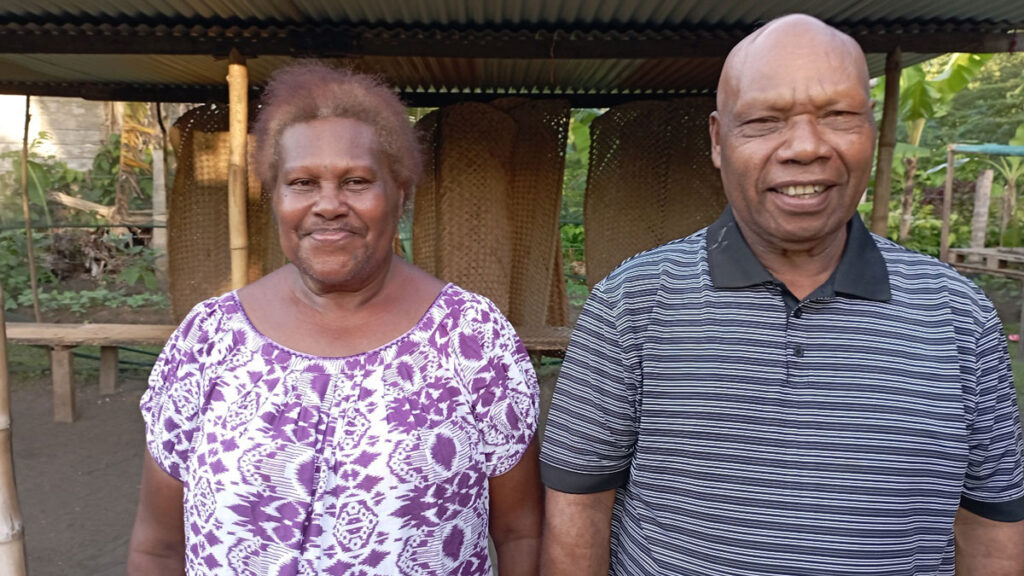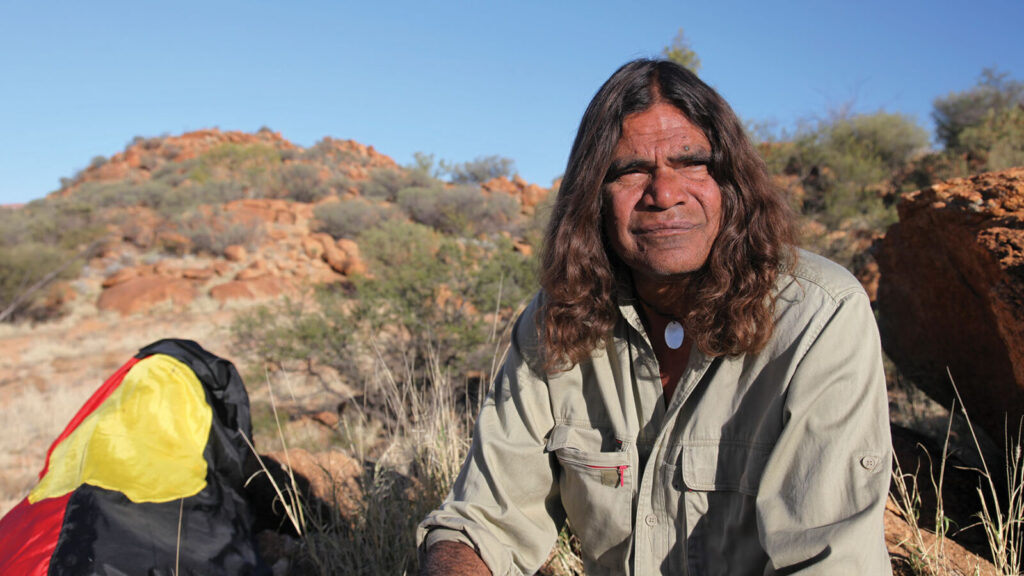The Bible is a trauma narrative. And that matters. But first we need to understand trauma.
In my sheltered and utopian worldview as a child, I lived under the false impression that church members surely didn’t suffer things like trauma. Yet trauma is an ever-present reality in the world we live. Loved ones die, jobs are lost, mental health issues are on the rise and other sad things happen to many of us. These aren’t always traumatic, but a trauma response can develop in the wake of these events. It disrupts the life of the sufferer, leaving them feeling out of control and exposed to abnormal feelings and outcomes. Extreme situations—of abuse, sexual and physical; a natural disaster; or unexpected tragedy—can also lead to trauma.
The American Psychological Association describes trauma as an “emotional response to a terrible event”. A trauma victim’s immediate response is often shock or denial but there are many long-term impacts, ranging from flashbacks and strained relationships to chronic health problems and addictions.
The fallout from traumatic events is often undiagnosed and not dealt with properly. That means there are droves of people who have underlying trauma in their lives.
Christian author Dr Dan Allender, himself a survivor of sexual abuse and a professor of counselling psychology, remarks that church is unfortunately not often a place we can bring our trauma. “Harm and heartache are an inevitable part of the human experience, but all too often we lack the tools to care for our wounds well, and the trauma leaves a lasting mark on our body, mind and soul.”
Much of the human story deals with trauma and its themes. Religions are always trying to answer the problem of pain and where evil fits.
Yet trauma survivors and those seeking healing don’t always need answers as much as a place to be heard and company on their healing journey. That’s why it is significant that the Bible is a trauma narrative.
Stories throughout human history have often centred on loss and pain. From the tragedies of the Greeks and Shakespeare, right down to present day true crime novels and celebrity biographies, it seems pain and problems are almost universal as a narrative vehicle. [pullquote]
While many stories contain traumatic events, trauma narratives have three specific elements: the trauma event itself; the specific ongoing effects and fallout, both psychological and physiological; and subsequent recovery attempts and re-establishment of the survivor’s life and identity.
The Bible fits this narrative framework.
The fall is the first major traumatic event. Humans make a fateful choice and rip themselves from their created roles to experience separation from the divine, loneliness and heartache, and ultimately death.
The fallout from this trauma is immediately apparent when Cain kills Abel and, from there, physiologically and psychologically, man declines. God continues his recovery mission by calling Abraham, yet human choices lead to more traumas: slavery, war, rejection of God and exile. These are Israel’s—and indeed humanity’s—moments of fallout.
The ultimate recovery and restoration mission, Jesus’ incarnation, leads to the end of the story. Humankind is restored to the original plan, with heaven and earth remade, and God and man ultimately reconciled.
The Bible doesn’t shy away from the gritty, nasty, difficult stories, but the thread that ties them all together is God’s redemptive power.
And that should be a model for the Church to follow. If the central text of our faith contains all the elements of a trauma narrative, then our churches should be places where it’s safe to explore, question and support these narratives. Dr Allender says, “The church is by far the most significant place where the body of Christ has the opportunity to begin to deal with trauma.”
The Church is not called to be a community without suffering, but instead a community that embraces those suffering and loves them sacrificially, practising compassion and empathetic listening.






